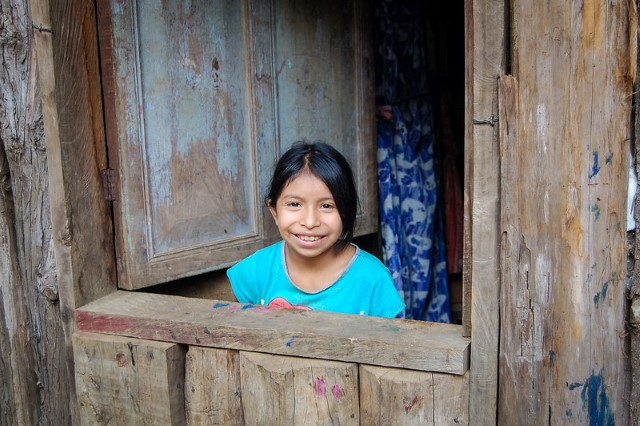 El Salvador faces threats from multiple angles as heavy tropical flooding has been compounded by the ongoing COVID-19 crisis. While El Salvador has managed to curtail infection rates by imposing strict restrictions, in October 2020, more than 32,000 people had COVID-19, with around 1,000 deaths. Due to the stringent measures to protect against the pandemic, economic growth has been stifled and poverty reduction efforts have waned. Organizations are stepping in to provide international aid to El Salvador.
El Salvador faces threats from multiple angles as heavy tropical flooding has been compounded by the ongoing COVID-19 crisis. While El Salvador has managed to curtail infection rates by imposing strict restrictions, in October 2020, more than 32,000 people had COVID-19, with around 1,000 deaths. Due to the stringent measures to protect against the pandemic, economic growth has been stifled and poverty reduction efforts have waned. Organizations are stepping in to provide international aid to El Salvador.
Dual Disasters in El Salvador
In May and June of 2020, the tropical storms Amanda and Cristobal wreaked havoc on the people of El Salvador. Nearly 150,000 people were affected by heavy rain, flooding and severe winds. Developing countries such as El Salvador have poor building infrastructure and during natural disasters homes are more likely to be destroyed by storms. The World Food Programme (WFP) has estimated that about 380,000 people in El Salvador do not have sufficient access to nutritious food due to the dual disasters that have weakened infrastructure and the economy. An estimated 22,000 farmers have suffered from the destruction of flooding, with over 12,000 hectares of agricultural crops being destroyed.
COVID-19 Pandemic Increases Poverty
El Salvador has been moderately successful with poverty reduction, marked by a consistent decline in poverty over the past 13 years, as poverty rates plummeted from 39% to 29% between 2007 and 2017. Extreme poverty was cut from 15% to 8.5% over this time period as well. Additionally, El Salvador has increased its level of equality and is now the second most equal country in Latin America.
Despite this positive trend in poverty reduction, El Salvador has suffered from forced economic restrictions due to the pandemic. Its GDP is projected to decrease by 8% this year due to economic restrictions, a weakened international market and diminished funds sent from El Salvadorians abroad in the United States. Additionally, low income and marginalized individuals are becoming more vulnerable to health issues and wage deficiencies and are falling victim to predatory loans. El Salvador’s economic shutdown and destruction from tropical storms have prompted calls for international aid to alleviate the crisis.
Swift Action to Mitigate COVID-19
El Salvador has seen relatively low COVID-19 cases as a result of its swift response to the pandemic. It adopted strict containment measures faster than any other Central American country and invested heavily in its health system. The government has provided cash distributions to the majority of households, food for low income households and payment deferrals for rent and mortgages in order to curb the effects of the pandemic on citizens.
International Aid to El Salvador
Requests for international aid to El Salvador have been granted in the form of assistance from USAID and the WFP. These organizations are providing disaster relief and bringing in resources to those affected by the storms and the COVID-19 pandemic. USAID has donated $3 million to be dispensed by cash in stipends for vulnerable citizens to buy food. This stipend will boost local economies and reinforce food security for impoverished citizens affected by the dual disasters.
– Adrian Rufo
Photo: Flickr
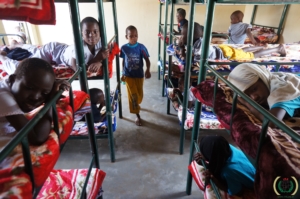 In the midst of COVID-19 sweeping through Uganda, six children at Open Heart Orphanage have died. However, it was not the virus that claimed their lives. The tragic deaths were a result of hunger and fever, collateral effects of the pandemic.
In the midst of COVID-19 sweeping through Uganda, six children at Open Heart Orphanage have died. However, it was not the virus that claimed their lives. The tragic deaths were a result of hunger and fever, collateral effects of the pandemic.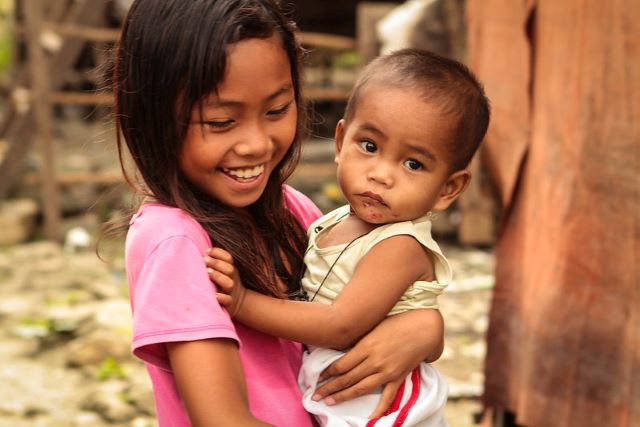 The Philippines is a country in the Pacific Ocean that is made up of over 7,000 small islands. The Philippines struggles with issues of global poverty, healthcare and education. However, progress has been made in recent years to combat these issues and ensure that every Filipino citizen is able to live a healthy and happy life.
The Philippines is a country in the Pacific Ocean that is made up of over 7,000 small islands. The Philippines struggles with issues of global poverty, healthcare and education. However, progress has been made in recent years to combat these issues and ensure that every Filipino citizen is able to live a healthy and happy life.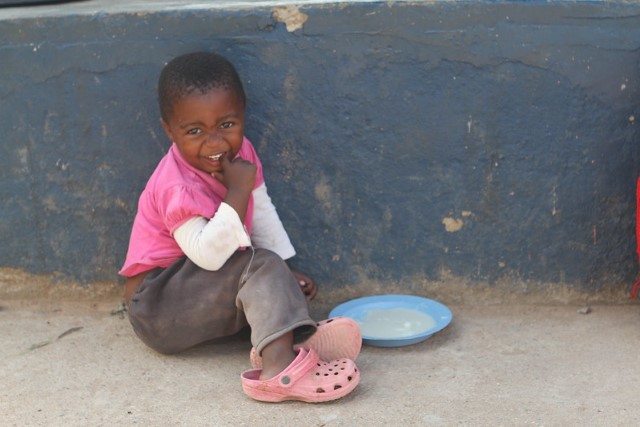 In 2017, it was recorded that
In 2017, it was recorded that  The period of 2018 to 2020 brought with it a series of difficulties for the people of Afghanistan, including droughts, floods and pandemics. A severe drought in 2018 impacted 95% of the country’s farmland and dried up crucial water sources. More than
The period of 2018 to 2020 brought with it a series of difficulties for the people of Afghanistan, including droughts, floods and pandemics. A severe drought in 2018 impacted 95% of the country’s farmland and dried up crucial water sources. More than 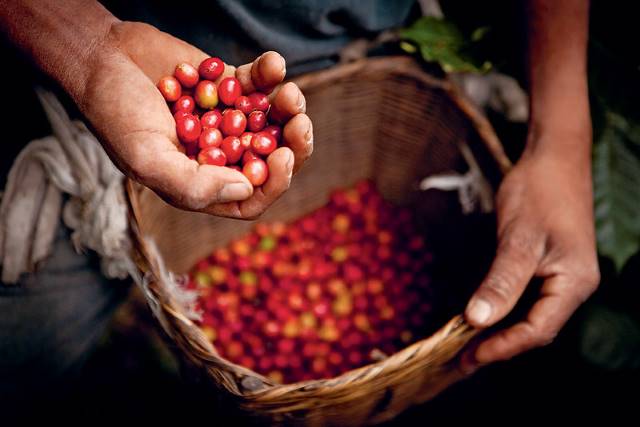
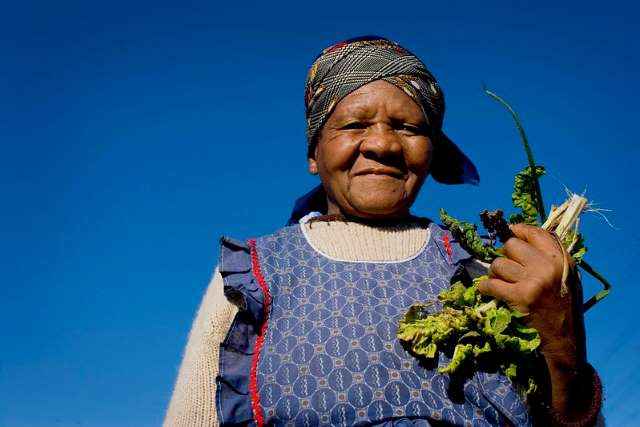 With the COVID-19 pandemic causing global economic downturns, food insecurity and unemployment, many communities in developing countries have turned to small-scale farming and home gardening as a solution. When the pandemic took full effect in March 2020, an upward trend in gardening around the world followed. In developing countries where access to food was dangerously inhibited by the pandemic’s economic effects, embracing small-scale gardening became crucial. To navigate a food crisis, residents of various developing countries embraced gardening and its many benefits, plotting gardens wherever they could find land. In addition to helping communities survive a food crisis by staving off hunger and providing necessary nutrients, gardening also supports struggling local economies and improves mental health. Gardening is helping people survive a pandemic and has taken root to assist communities to cope with the crisis.
With the COVID-19 pandemic causing global economic downturns, food insecurity and unemployment, many communities in developing countries have turned to small-scale farming and home gardening as a solution. When the pandemic took full effect in March 2020, an upward trend in gardening around the world followed. In developing countries where access to food was dangerously inhibited by the pandemic’s economic effects, embracing small-scale gardening became crucial. To navigate a food crisis, residents of various developing countries embraced gardening and its many benefits, plotting gardens wherever they could find land. In addition to helping communities survive a food crisis by staving off hunger and providing necessary nutrients, gardening also supports struggling local economies and improves mental health. Gardening is helping people survive a pandemic and has taken root to assist communities to cope with the crisis.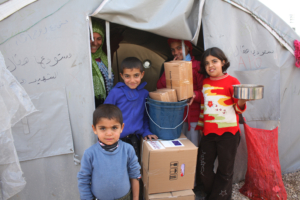 The Syrian conflict continues to rage through this pandemic. The locus of fighting has shifted to the provinces of Idlib and Aleppo. Since 2019, the Syrian government — with support from Russia — has engaged in various bombing campaigns in the region and sent ground forces as well. Idlib is clearly feeling the effects of this violence. The need for aid in the province grows alongside the increasing size of the humanitarian crisis. One particularly important but overlooked aspect of the devastation in Idlib is the rising cost of food. Child hunger in Idlib is a result of the rise in levels of food among the youth due to price increases.
The Syrian conflict continues to rage through this pandemic. The locus of fighting has shifted to the provinces of Idlib and Aleppo. Since 2019, the Syrian government — with support from Russia — has engaged in various bombing campaigns in the region and sent ground forces as well. Idlib is clearly feeling the effects of this violence. The need for aid in the province grows alongside the increasing size of the humanitarian crisis. One particularly important but overlooked aspect of the devastation in Idlib is the rising cost of food. Child hunger in Idlib is a result of the rise in levels of food among the youth due to price increases.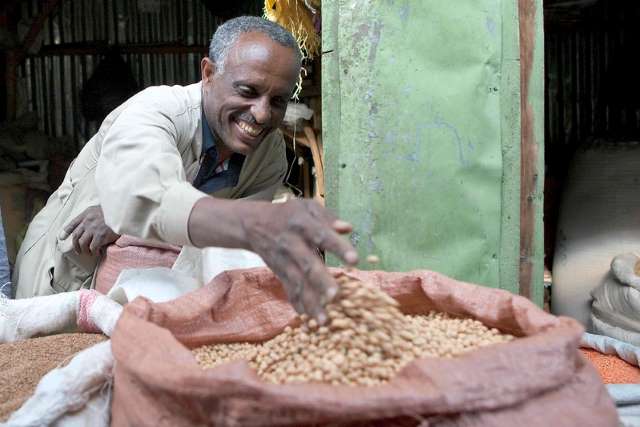 Access to safe and adequate food is
Access to safe and adequate food is  Cabarete Sostenible began as a response to the COVID-19 crisis by providing emergency food aid to families in need in Cabarete, Dominican Republic. Its Festival of Masks aimed to raise money for further emergency food relief efforts, community farming and educational initiatives for the community.
Cabarete Sostenible began as a response to the COVID-19 crisis by providing emergency food aid to families in need in Cabarete, Dominican Republic. Its Festival of Masks aimed to raise money for further emergency food relief efforts, community farming and educational initiatives for the community.